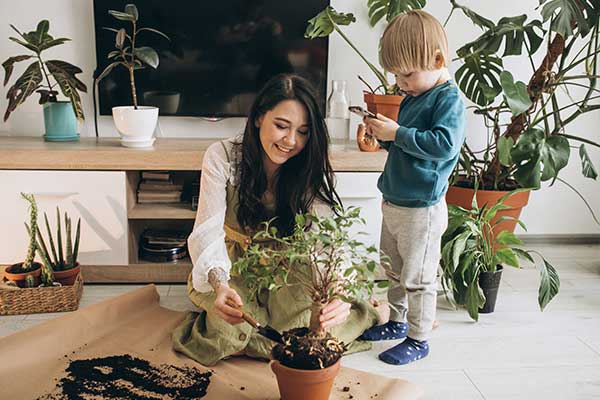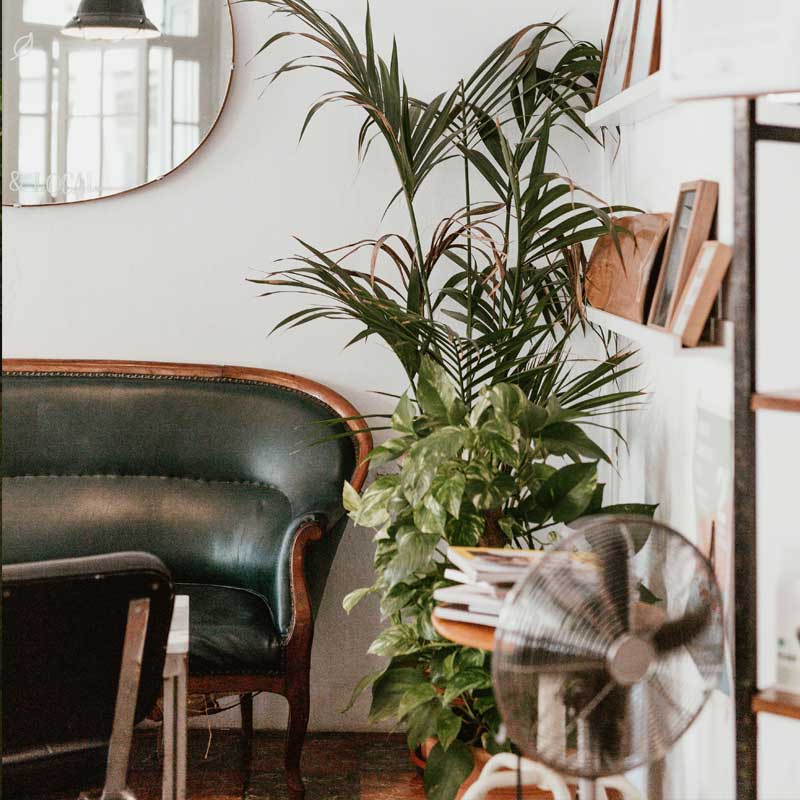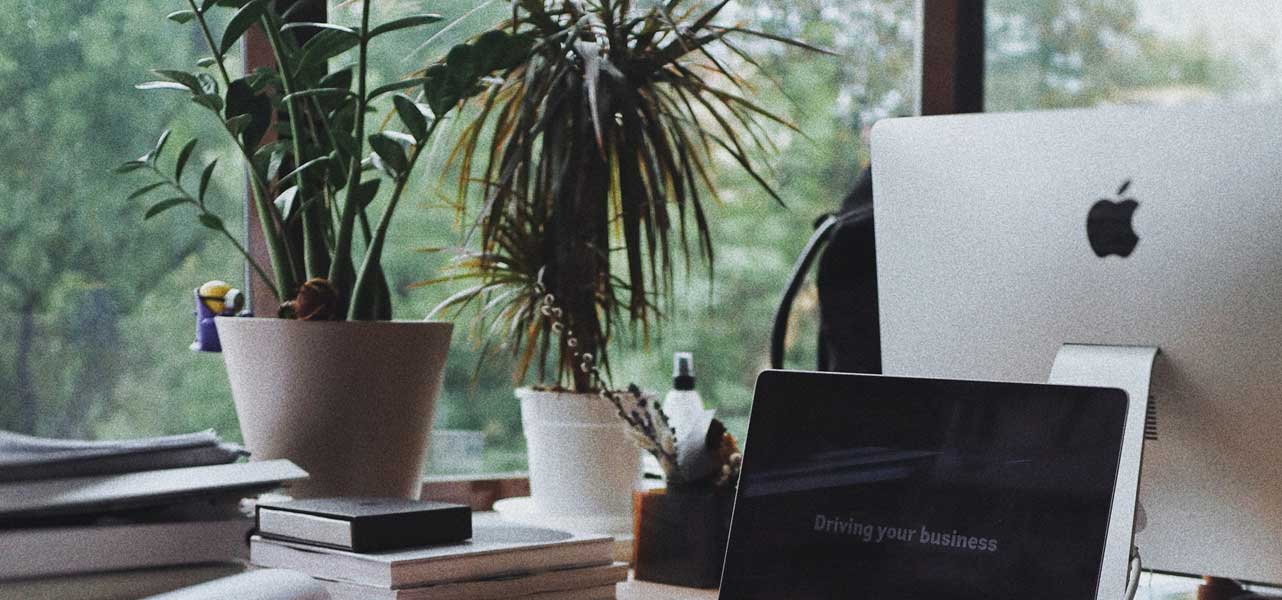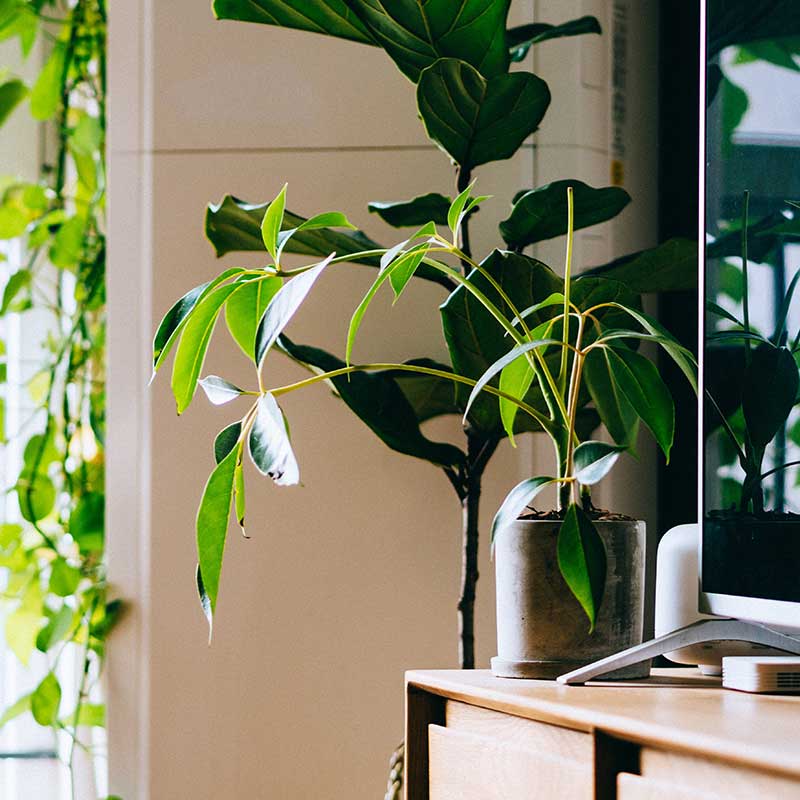health benefits
— Beyond the Aesthetics —
We can all agree that plants look attractive but dig a little deeper and beneath their beauty, you'll discover the facts. The benefits of indoor plants go far beyond the aesthetic.
The benefits of indoor plants go far beyond the aesthetic. Recent research has shown that indoor plants significantly improve a whole range of aspects of our indoor environment.
The benefits cover a spectrum from physically cleaner air to direct beneficial effects on psychological health, task performance, illness reduction and productivity.
These findings are important as in Australia over 80% of us live in urban areas and spend an amazing 90% of our time indoors, so the quality of the indoor environment is crucial to our wellbeing. Plants play a vital role in providing a pleasant and tranquil environment in which to move, work or relax. Indoor plants can also help health, wellbeing and productivity in the workplace.
Evidence from scientific studies shows that indoor plants reduce toxins in the air and from indoor products such as paint, plastics and carpets.



Research
Research shows that indoor plants:
| Help to reduce noise | Help improve productivity and performance |
| Improve business image with clients | Help improve indoor air quality |
| Help to lower stress and negative feelings | Help reduce sick building syndrome |
|
Help improve well being |
Contribute to fulfilling at least 75% of Indoor Environmental Quality (IEQ) |
Indoor Plants Help Improve Air Quality
It is interesting to note that air pollution is almost always higher indoors than outside, even in the city centre, and air-conditioning systems are almost never designed to remove outdoor gaseous pollutants from air drawn into the building. As polluted outdoor air moves indoors, it mixes with more indoor contaminants from unflued gas appliances and VOCs (Volitile Organic Compounds) outgassing from plastics, synthetic (i.e. petroleum-derived) furnishings, finishes, solvents, etc.
Researchers from the University of Technology Sydney (UTS) have carried out laboratory and real-world office studies on the ability of indoor plants to reduce VOCs, CO2 and CO. They have so far laboratory-tested 11 indoor plant species for VOC removal. After a week of acclimatisation to exposure to any test VOC, all plant species worked equally well to remove VOCs within about 24 hours. They also work equally well in light or dark (24/7). Researchers from the UTS say this is because it is primarily the potting mix microorganisms that remove VOCs. The plant contributes to the process by nourishing its root-zone microbial community (as any plant does).
In essence the plant system – leaves, roots and potting media – take VOCs from the air such as benzene and formaldehyde released by furnishings, carpets, photocopiers, printers and many modern building materials which cause loss of concentration, headaches, eye, nose and throat problems, drowsiness, heavy-head and, lowered concentration. Plants also contribute oxygen back into the environment.



Research

Appointments Only
35 Graham Road
Wandin East
Victoria 3139
Contact us
03) 5964 4830
(trade enquiries only)
nursery@biemond.com.au
Open Hours
The phone is monitored between 8.00am – 4:00pm Mon – Fri
Closed weekends
